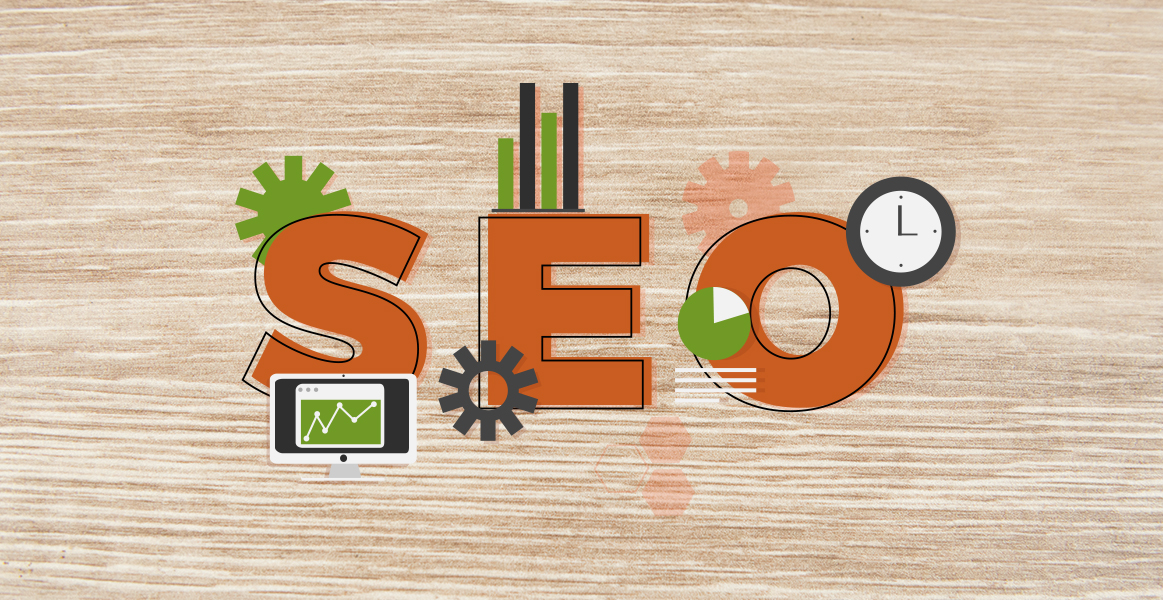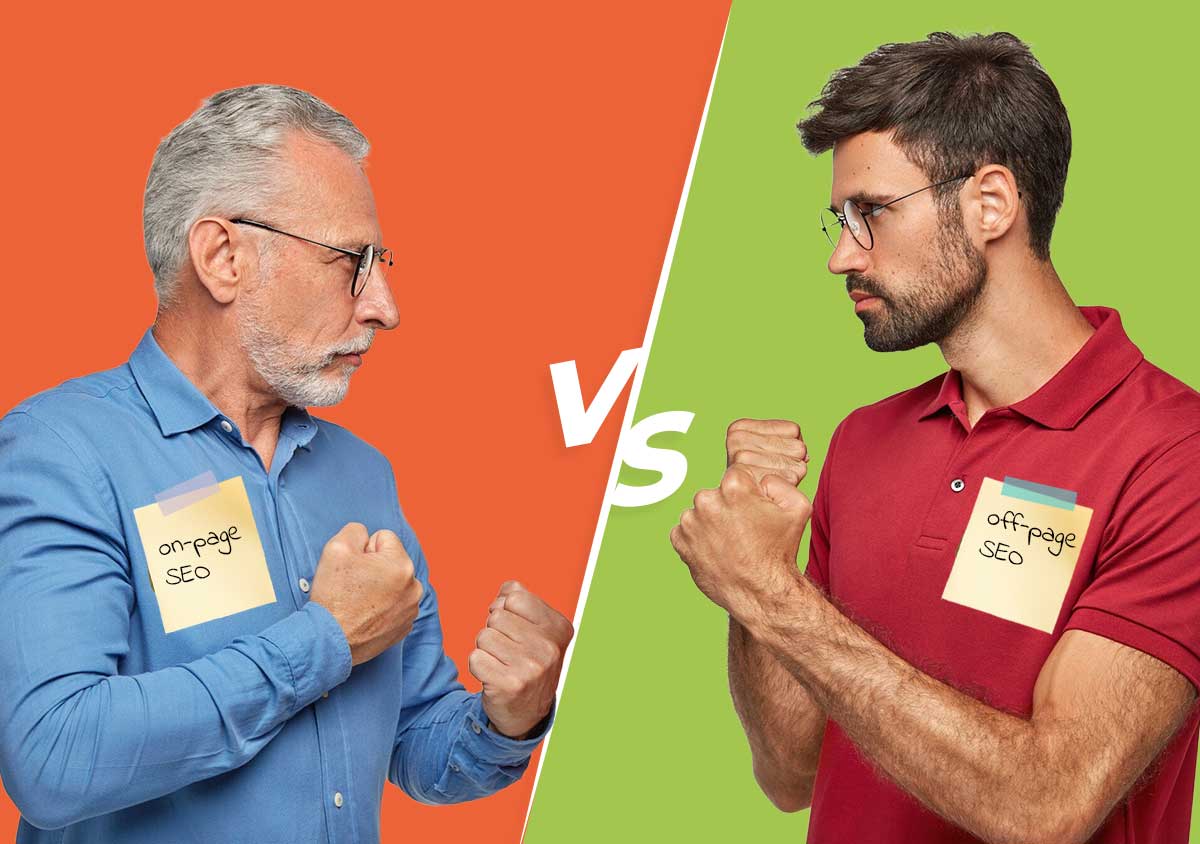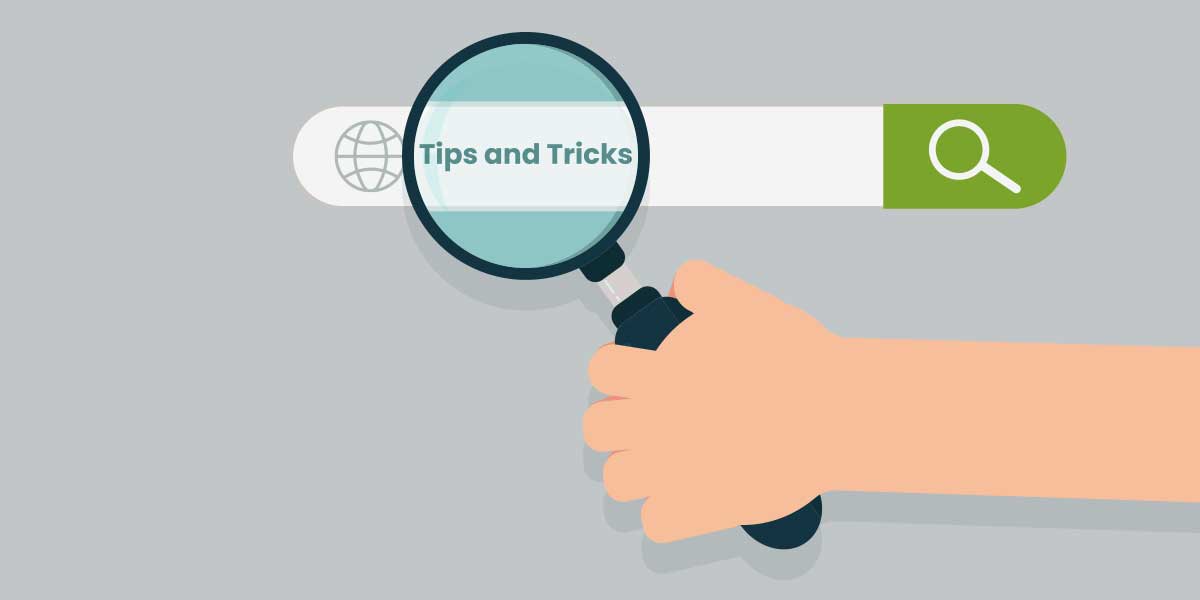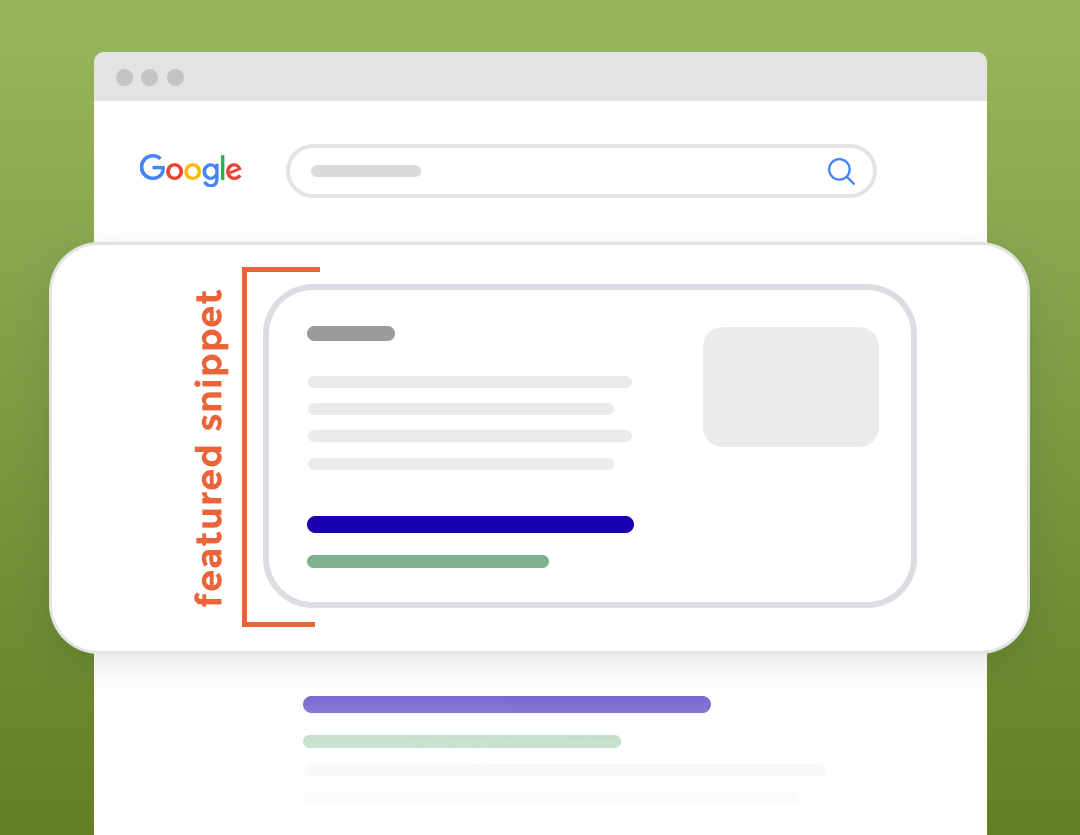For years, the main concern around your website’s SEO was likely something related to keywords or competitive search terms. While these are certainly still important aspects of SEO to consider, Google has recently updated its algorithm to include “core web vitals” as a ranking signal.
As we’ll cover together, these core vitals can impact the SEO performance of your website, dictating the flow of organic traffic, leads, sales, and more.
What are Core Vitals?
Core vitals are a new part of a ranking system used by search engines to evaluate different aspects of a website’s user experience.
The different aspects of your website’s SEO are all interconnected. This means that optimizing core web vitals will help your site earn better keyword rankings, improving its SEO performance overall.
Core vitals also give website owners the double advantage of improving SEO while also enhancing other important metrics within the website. If you were to improve your core vitals, you would first have to improve your website’s user experience, which normally translates to better engagement rates and conversion rates.
There are three main core vitals that every website owner must stay on top of if they are to maximize their site’s SEO capabilities: Largest Contentful Paint (LCP), Cumulative Layout Shift (CLS), and First Input Delay (FID).
1. Largest Contentful Paint (LCP) – Visual Load
The first and most important core vital, Largest Contentful Paint (LCP), measures how quickly the main content of a webpage can load. To be specific, LCP measures the exact time it takes for the largest (main) image or text block to be rendered within the page’s viewpoint, from the moment the user initiates loading the page.
This is an important metric because it measures the largest element on the webpage, which is almost always the element most relevant to the user. If the image or text block doesn’t load quick enough, the user is likely to leave.
A good LCP is typically around 2.5 seconds or less for the majority of page visits. It’s important to note that ratings will vary depending on the type of content on the screen, e.g., videos will take longer to load than text blocks or a single image.
How can You Improve Largest Contentful Paint (LCP)?
There are a few main ways to improve LCP:
- Reduce server response time: The best ways to do this are either with page catching or by choosing a faster server hosting service.
- Utilize a CDN: A CDN can help reduce the length of time between user request and server response, which would in turn improve LCP.
- Defer JavaScript: By deferring the JavaScript files and other render-blocking resources, you’ll change the priority of the JS (or related) files being loaded. In effect, this prioritizes the user experience before other files.
Other ways to improve LCP include optimizing images, compressing text files, and using preload for critical assets (such as the largest contentful paint image or text block).
2. Cumulative Layout Shift (CLS) – Visual stability
The second core vital, Cumulative Layout Shift (CLS), measures the instability of content on a website. It helps quantify the user experience by summing shift scores across layout shifts that don’t occur within 500ms of user input. In simpler terms, CLS measures how much a piece of content shifted within the viewport, and how much other elements impacted by the shift were moved.
This metric can give website owners a sense of how much unexpected image and text movement happens on the screen. Extreme shifts of content are annoying to users and can lead to a dissatisfied user experience.
To avoid poor SEO performance, website owners should strive to have a Cumulative Layout Shift score of no more than 0.1.
How can You Improve Your Cumulative Layout Shift (CLS)?
The following list describes the best practices for Cumulative Layout Shift:
- Use a CMS: A content management system that integrates a diagnostic tool like Google Lighthouse can help flag any CLS issues.
- Analyze Ads Layout: As a general rule, it’s best to load new content below the viewport, as loading content (such as ads) above the viewport can cause the page to shift.
- Specify image/video size: Many of the issues associated with CLS stem from pre-set or automated sizes. Although time-consuming, this can be avoided by specifying the image/video sizing yourself.
3. First Input Delay (FID) – Interactivity
The third core vital, First Input Delay (FID), is a metric that capture’s the first impression of a user, as well as the site’s interactivity and responsiveness. FID measures the exact amount of time it takes for the web browser to respond to a user’s first interaction with a page.
FID is one of the most important metrics in measuring how easy or difficult a user’s experience is. Similar to LCP, FID can help calculate when and how often a user may leave the website because of a dissatisfying experience.
A good First Input Delay (FID) score less than or equal to 100 milliseconds (ms).
How can You Improve Your First Input Delay (FID)?
There are a few common ways to improve a website’s FID. As you might notice, many of the solutions mentioned below work hand in hand with the improvements for LCP.
- Defer JavaScript: The most important factor in FID performance is the time it takes to carryout user’s first interaction. By deferring JavaScript, you are telling the browser to only load render-blocking resources after the user’s first interaction has been carried out.
- Remove Unused CSS: By removing unused CSS, you can improve loading times, which helps interactivity and the FID score.
- Compress Text Files: As it is the case with all “load time” related metrics, file sizes make a huge difference. By reducing file sizes, the browser and server will be able send files faster.
Other Core Vitals
In addition to the core vitals mentioned above, Google has also placed an SEO priority on Total Blocking Time (TBT) and Speed Index (SI). TBT measures the total time a page is blocked from responding to user input, including mouse clicks, screen taps, and keyboard presses. SI measures how quickly content is displayed visually while the page is loading.
Are You Looking for an SEO Company?
Optimizing your own core vitals can be difficult. If you need help with the SEO performance of your website, feel free to reach out. We are a local SEO service on the Gold Coast, who specialize in the intricacies associated with standing out on the web.










